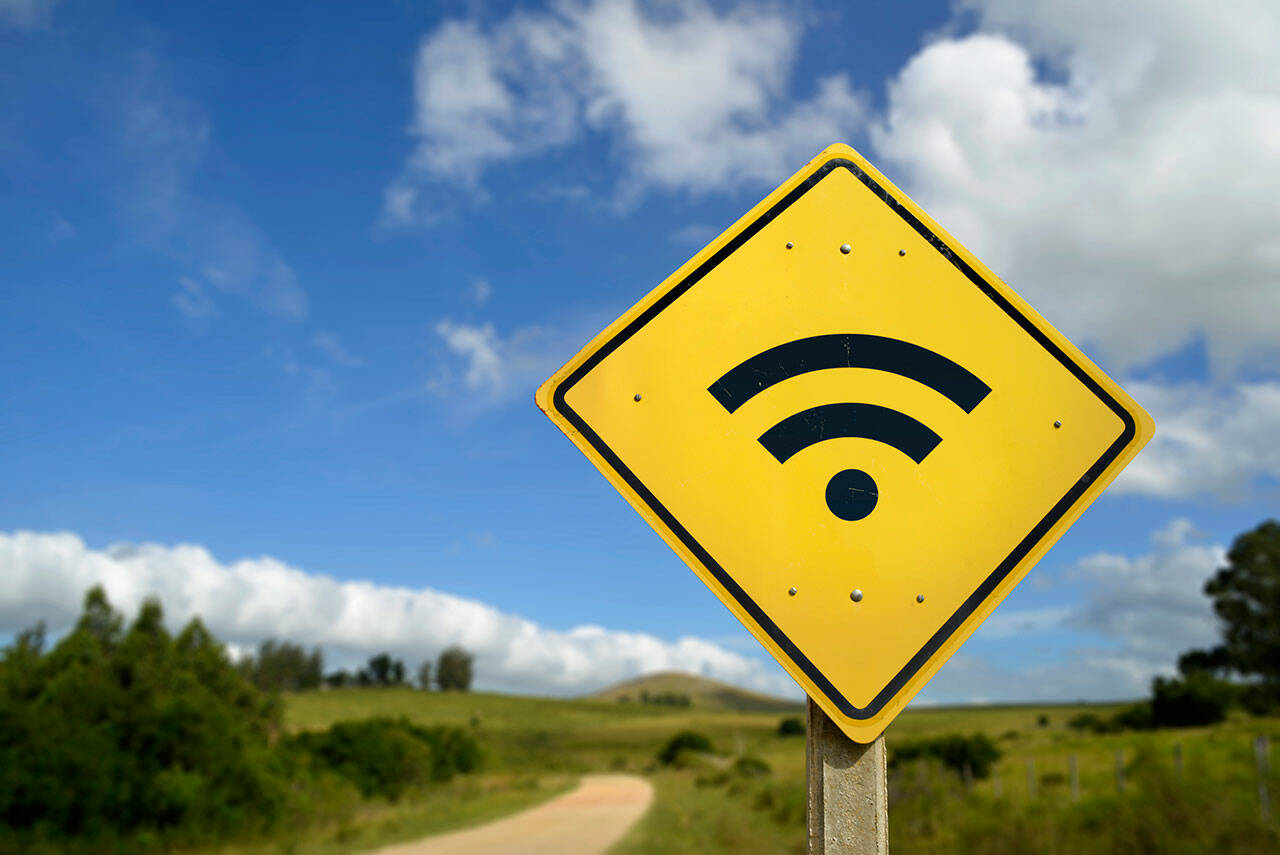By The Herald Editorial Board
During the past two years of pandemic life, we’ve had to make do with work-arounds and new strategies to complete our routine tasks, and many of those — work, school, grocery and other shopping, entertainment, even doctor appointments — required a decent internet connection.
For most of us, that’s a nearly invisible connection; something we don’t give much thought to, until the bill comes due or service is interrupted. For others, that connection is minimal to nonexistent.
And when it’s not available, yet another work-around has been necessary: our public libraries.
Sno-Isle Libraries, even before the pandemic, has long seen its share of students and adults turning to the system’s network of 23 community libraries to use computers and other resources. But it was also a hub for something as basic as internet service itself during the pandemic, says Sno-Isle’s executive director Lois Langer Thompson.
Sno-Isle, along with loaning out laptops and WiFi hot spots to provide internet connections at home and work, also became a default internet service provider — either indoors during library hours or in its parking lots after hours — to allow residents to connect to the internet.
“You hear these stories,” Langer Thompson said last week. “We had one gentleman bring in his desktop computer because he didn’t have internet at home,” and needed a connection to run his home-based business.
In a pinch, that’s a service Langer Thompson says she’s glad Sno-Isle can provide, especially during the pandemic.
“We’ve done a lot with laptops and hot spots. And we’re good at providing the services that are needed,” she said. “But we really can’t be the underpinning of internet service.”
The reality, however, is that — even as comparable as broadband internet service is to a basic utility, such as electricity or water — too many residents in Snohomish County, Washington state and the rest of the country are either underserved or unable to get or afford an internet connection in their homes.
Connecting the unserved and underserved was the focus of a recent roundtable discussion hosted by Sno-Isle at its Monroe library and attended by U.S. Rep. Suzan DelBene, D-Wash., Langer Thompson and local parents, students, teachers and others from the county’s more rural areas, including Darrington, where internet service is lacking.
The roundtable didn’t reveal any surprises, DelBene said in an interview last week; much of the lack of equitable internet access has been known for years, but the pandemic has removed all doubt regarding the necessity of those connections and what needs to follow in coming years.
“Here we are; I represent one of the biggest tech hubs in my district, yet less than an hour away there are spots that don’t have broadband or cell service,” DelBene said.
Some counties and states have been working on the issues for some time. Snohomish County assembled a Broadband Action Team last year to bring together public officials, cities, school districts, state agencies, and others to address service deficiencies and encouraged people to participate in the state Department of Commerce effort to better map internet availability throughout the state.
To date, nearly 44,000 have participated in the statewide survey that determined the download and upload speeds of each participant’s address. That survey found that nearly 6 percent of state residents have no internet service at home, while nearly 41 percent had service that offered download speeds of zero to less than 10 megabits per second. The Federal Communications Commission considers 25 mbps to be the minimum standard for download speeds.
The mapping survey found that 6.7 percent of Snohomish County residents had no broadband internet service, while 35 percent reported speeds of zero to 10 mbps.
That mapping survey, which continues, will be crucial as grant funding is distributed, including a total of $65 billion that was made part of the bipartisan Infrastructure and Investment Act that Congress passed in November.
The infrastructure package established a range of direct funding and grant programs to states, tribes and others that will help fund hard infrastructure but also assistance programs to make internet service more affordable.
Washington state, like all other states will see a baseline of at least $100 million from the infrastructure package, DelBene said, with more funding to follow once the FCC has completed its own broadband mapping update.
That additional money will be needed.
The Washington State Public Works Board last month announced $44.6 million in grants for 15 broadband constructions projects in unserved and underserved communities in the state. For that pool of money, 29 different projects totaling $90 million in requests applied for funding, exceeding the available funds by 109 percent, the Washington State Wire reported. Another $13 million in state-funded broadband constructions loans are scheduled for this spring.
Additionally, the Washington State Broadband Office announced $7.4 million in grants for “digital navigator services” to assist new internet user obtain and afford connections; funding went to the Community Health Network of Washington’s community health centers to assist lower-income patients; the Equity in Education Coalition, Goodwill and the Seattle Housing Authority.
Federal and state investments are coming, but like rural electrification in the 1930s, “that expanded access will take some time,” DelBene said, as grants and other funding programs are administered. Yet, necessary investments that will extend broadband internet service to more Americans are set.
“This is basic to everything we do,” DelBene said. “How we communicate, work, telehealth access and more.”
And it’s basic not only to our daily lives, but our livelihoods and our children’s futures.
The roadblocks to access faced by rural communities, and by individuals in suburban and urban areas can begin to come down and make broadband service as simple and reliable as flipping a light switch.
Talk to us
> Give us your news tips.
> Send us a letter to the editor.
> More Herald contact information.

























